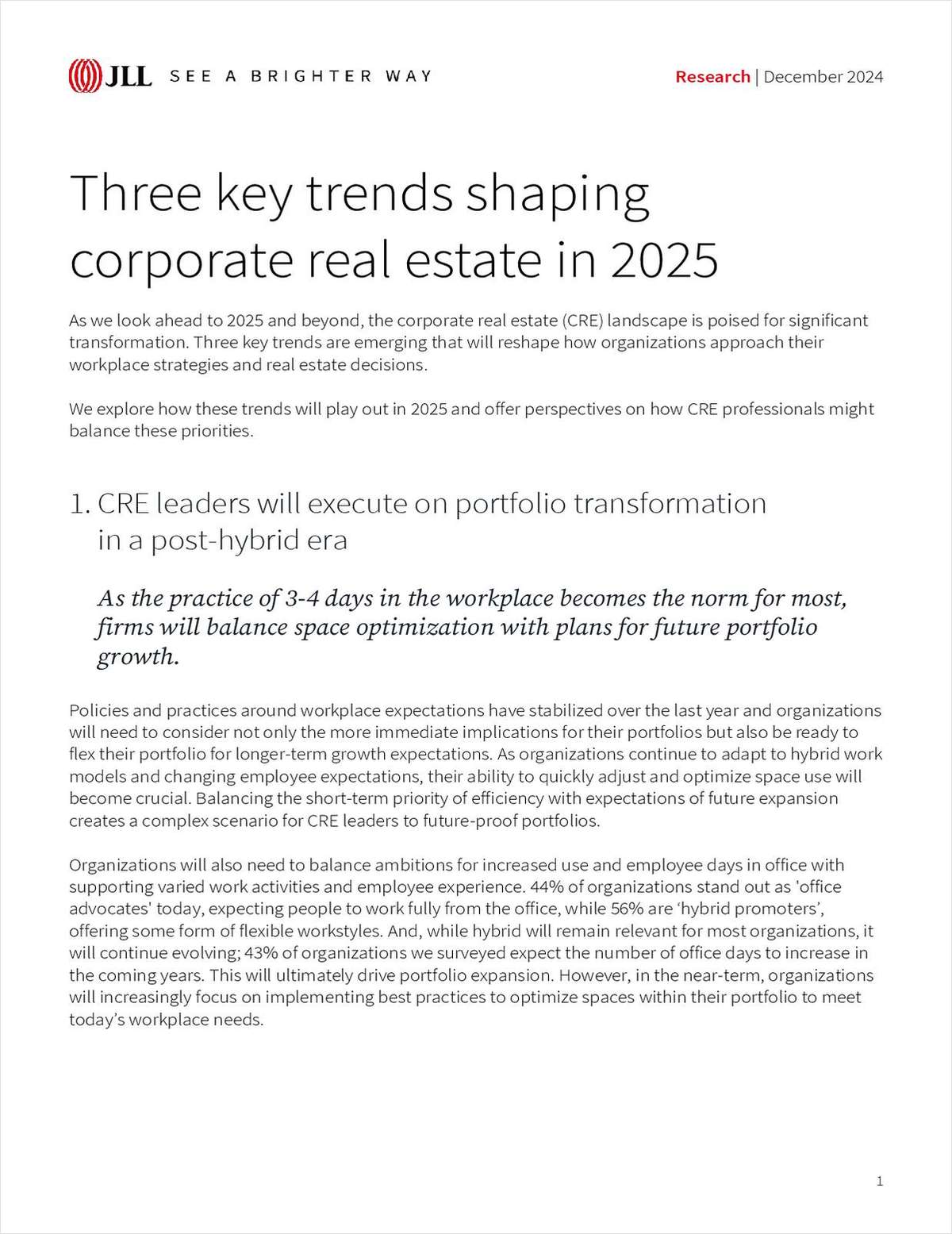CHICAGO—The Urban Land Institute and PwC released the 35th edition of Emerging Trends in Real Estate, a joint publication based on interviews and surveys they did with over 1,000 professionals, during last week's ULI Fall Meeting in Chicago. As reported in GlobeSt.com last week, one of the findings was that the US real estate recovery will continue and strengthen in 2014. The researchers also believe that in 2014 investors will increasingly drive growth in secondary markets since higher yields will be increasingly difficult to find in the core cities that so far have been the focus of the recovery.
Last week, GlobeSt.com reported on a presentation at ULI's Fall Meeting by Tadd M. Millar, the CEO of Indianapolis-based Milhaus Development, who explained that these smaller metro areas provided investors with more stability since they did not typically include the “huge highs or huge lows” of many core areas.
“2014 may be the year that many investors who have traditionally focused mainly on large established markets such as Boston, Chicago, Los Angeles, New York City, San Francisco and Washington, will be expanding their focus to other cities in order to protect capital,” the researchers note. Washington, DC, in particular, has fallen out of favor, slipping from eighth place in the 2013 report to 22nd in the 2014 investment rankings. By contrast, market fundamentals should continue improving in the secondary markets, those surveyed believe, making them more likely to meet investors' risk/return metrics.
“The movement into secondary markets is underpinned by the anticipated increase in both debt and equity capital during 2014,” the researchers further note. “Respondents were particularly positive about the prospects for equity capital from foreign investors, institutional investors and private equity funds, as well as debt from insurance companies, mezzanine lenders, and issuers of commercial mortgage-backed securities.”
“The anticipated interest in secondary markets is indicative of how the U.S. real estate recovery is expanding beyond the traditional investment hubs,” says ULI Chief Executive Officer Patrick L. Phillips. “Access to greater amounts of both debt and equity financing, combined with a sustained improvement in the underlying economic fundamentals, means that the opportunities and returns offered in smaller markets are potentially very appealing.”
Want to continue reading?
Become a Free ALM Digital Reader.
Once you are an ALM Digital Member, you’ll receive:
- Breaking commercial real estate news and analysis, on-site and via our newsletters and custom alerts
- Educational webcasts, white papers, and ebooks from industry thought leaders
- Critical coverage of the property casualty insurance and financial advisory markets on our other ALM sites, PropertyCasualty360 and ThinkAdvisor
Already have an account? Sign In Now
*May exclude premium content© 2025 ALM Global, LLC, All Rights Reserved. Request academic re-use from www.copyright.com. All other uses, submit a request to [email protected]. For more information visit Asset & Logo Licensing.








